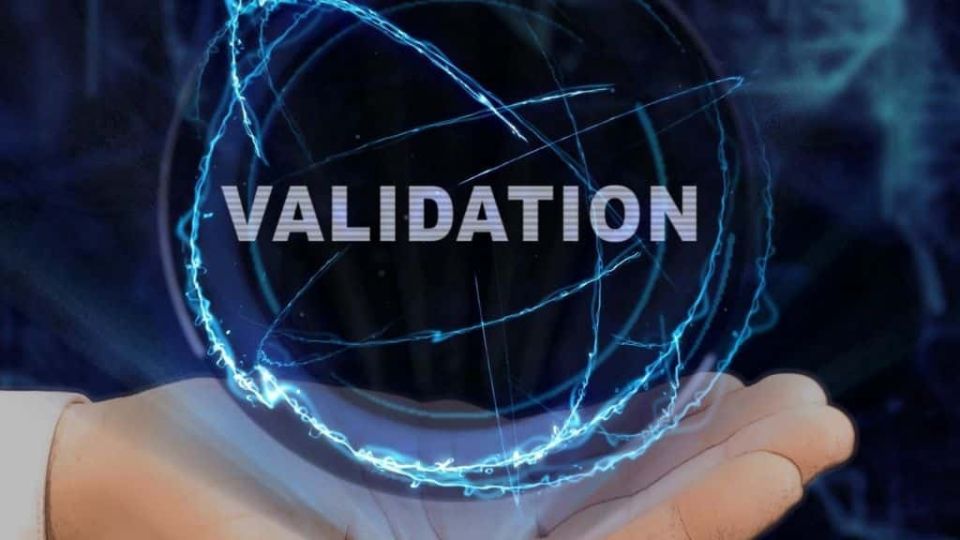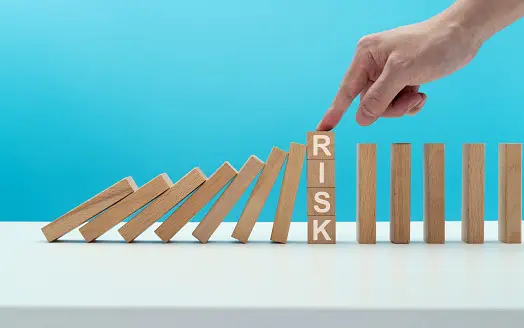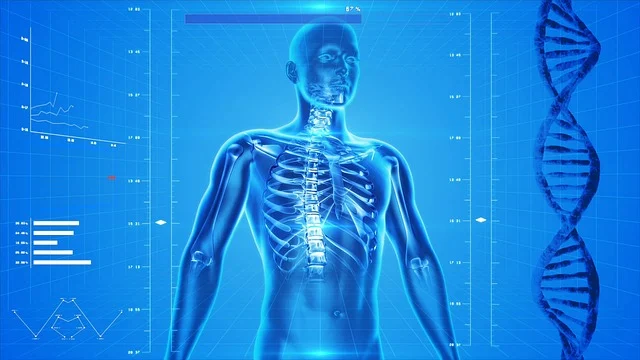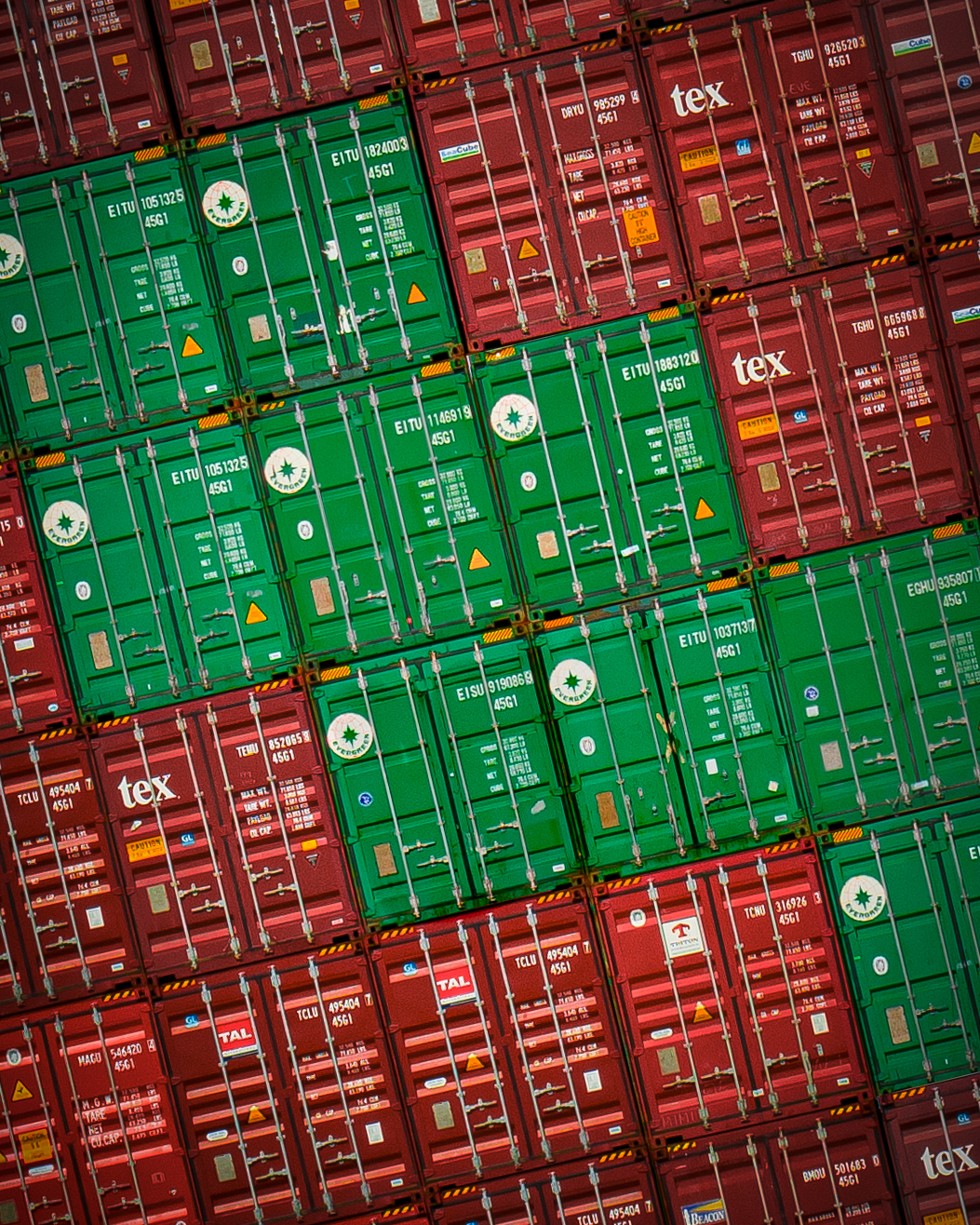What is Validation?
Validation is documented evidence that a process/equipment/system/software/procedure complies with specifications, criteria, and requirements which are defined in a pre-approved protocol and detailed in the:
- Specifications
- Definitions
- Quality aspects
- Customer needs and expectations
- Health authority and other regulatory requirements
Since the mid-20th century, the control and traceability of products with pharmacological and/or medical treatment effects and/or have an impact on human/animal health conditions have become a focus of government health authorities and public awareness. FDA has developed standards and requirements to assure customer safety and health. These requirements are detailed in Title 21 of the FDA Code of Federal Regulations (CFR).
Subsequent to FDA and other world health authority decisions to increase product surveillance, the pharmaceutical, biotech, and medical device industries created new verification and validation procedures to align with FDA and other authority’s and patient’s expectations and requirements for improved product quality, safety, and efficacy. These expectations include testing, documentation, process standardization, controls, and methods for full traceability of each manufactured product, from the point of raw material receipt and acceptance, during production, and through the entire supply chain.
Validation and qualification are general terms used to cover all efforts performed to attain the goal of approved and assured reliability, quality, safety, and efficacy of pharmaceutical and medical products.
Why do we validate?
Validation demonstrates that a pharmaceutical/medical device or other medical product complies with all quality, safety, and efficacy requirements. The validation process is documented evidence that every manufacturing step, for every product and between different batches of the same product, is controlled, documented, and meets accepted standards of robustness, repeatability, and reliability.
Sampling and testing are not limited to the final product only. All production stages overall must be controlled, and consistent and comply with all predetermined criteria and specifications.
Smart, rationalized, robust, and risk-based validation approaches can significantly decrease the number and costs of routine tests and analyses, as well as improve product quality.
Which industries require validation?
Validation standards have been adopted in most modern industries, including:
- Pharmaceutical and biotechnology
- Medical device
- Veterinary and pet products
- Chemistry and analytical
- Cosmetics
- Over-the-counter (OTC) drugs
- Food and food/dietary supplements
- Software and computerized systems
- Computer science
- Engineering
Validation types
Validation for the pharmaceutical, biotechnology, food/food supplement, medical devices, and cosmetics industries covers the following:
- Production facilities (clean and controlled rooms)
- Infrastructure, utilities, and supplies (HVAC, water, compressed air, process gases, steam, etc.)
- Manufacturing equipment, components, and devices
- Manufacturing processes
- Cleaning procedures
- Decontamination and sterilization processes
- Packaging and labeling processes
- Software and computerized systems
- Control and automation systems
- Testing and measuring devices
- Analytical system and equipment
- Analytical methods
- Storage areas
- Supply chain
Validation documentation and protocols include:
- Validation policy
- Validation master plan (VMP)
- Validation protocols
- Impact, criticality, and risk assessments
- User requirement specifications (URS)
- Design review (DR)
- Design qualification (DQ)
- Installation qualification (IQ)
- Operation qualification (OQ)
- Performance qualification (PQ)
- Process performance qualification (PPQ)
- Revalidation (periodic requalification)
Validation is a very broad area in the pharmaceutical, medical device, and E-Health industries.
In order to meet health authorities’ validation regulations, you need to understand the validation correctly and implement it in your organization.








